


The speed of processing power and server responses in modern IT infrastructure is due to the widespread adoption of load balancers capable of distributing workloads between multiple servers.
Today, load balancing systems go beyond hardware, extending to software, cloud-based, and virtual appliances. Their newest iteration, application delivery controllers (ADC), offer critical capabilities for redirecting and routing traffic, protecting against web application attacks, and accelerating service performance for networks with global, remote users.
Features like global server load balancing (GSLB), integrated web application firewalls (WAF), edge security, and maximum throughput ranges exemplify how some vendors stand out in the mature industry.
This article looks at the best load balancing software, hardware, virtual, and cloud appliances and considers load balancer solutions.
Load balancing is the redirecting of network traffic across a pool of servers dedicated to ensuring efficient processing for organizations and clients and continuous uptime for services. Load balancers are critical to meet growing volumes of concurrent requests from clients and maximize speed and capacity utilization.
In addition to distributing workloads to multiple servers, load balancers can help:
| Vendor | GSLB | Integrated WAF | DDoS Protection | Analytics | Physical | Cloud | Virtual | Container |
| A10 Networks | ✅ | ✅ | ✅ | ✅ | ✅ | ✅ | ✅ | ✅ |
| Array Networks | ✅ | ✅ | ✅ | 🚫 | ✅ | ✅ | ✅ | 🚫 |
| AWS | 🚫 | 🚫 | 🚫 | 🚫 | 🚫 | ✅ | ✅ | ✅ |
| Barracuda | ✅ | ✅ | ✅ | 🚫 | ✅ | ✅ | ✅ | ✅ |
| Citrix | ✅ | ✅ | ✅ | ✅ | ✅ | ✅ | ✅ | ✅ |
| F5 Networks + NGINX | 🚫 | ✅ | ✅ | ✅ | ✅ | ✅ | ✅ | ✅ |
| HAProxy Technologies | 🚫 | ✅ | ✅ | 🚫 | 🚫 | 🚫 | 🚫 | 🚫 |
| Loadbalancer | ✅ | ✅ | ✅ | 🚫 | ✅ | ✅ | ✅ | 🚫 |
| Progress Kemp | ✅ | ✅ | ✅ | 🚫 | ✅ | ✅ | ✅ | 🚫 |
| Radware | ✅ | ✅ | ✅ | 🚫 | ✅ | 🚫 | ✅ | 🚫 |
| Snapt | ✅ | ✅ | 🚫 | 🚫 | 🚫 | ✅ | ✅ | ✅ |
| VMware + Avi Networks | ✅ | ✅ | ✅ | ✅ | ✅ | ✅ | ✅ | ✅ |

Fifteen years after the launch of its first load balancing appliance, A10 Networks offers a whole stack of advanced load balancers and application delivery controllers (ADC). The Thunder ADC series includes physical and SPE appliances, bare metal, virtual appliances, containers, and cloud to meet hybrid infrastructure needs.
All A10 Thunder ADC systems come with Layer 4 through Layer 7 load balancing capabilities, capacity pooling licenses, and security features like SSO, advanced encryption, and application firewalls. A10’s load balancer offers industry-leading performance with 220 Gbps of application throughput.

Array Networks is an application delivery and load balancing specialist with two decades of experience and a strong presence in China, Japan, and India. The Silicon Valley-based company’s latest server load balancers are the APV x800 Series ADCs, ensuring 99.999% availability for enterprise applications and cloud services.
The APV Series intelligently distributes application services to optimize performance while redirecting failed servers’ traffic. Array can also provide the availability of wide-area network (WAN) connections with its network of sites devoted to global server load balancing (GSLB) and link load balancing (LLB).

Amazon Web Services (AWS) remains a leader in cloud infrastructure and services, making its Elastic Load Balancing (ELB) solution an easy choice for existing clients. AWS solutions include Classic LB for EC2 application instances and three additional load balancers for gateways (IP), networks (TCP, UDP, TLS), and applications (HTTP/S, gRPC). For a client’s Layer 7 traffic needs, Amazon’s Application Load Balancer comes with redirection, fixed responses, desync mitigation mode, and HTTP header-based routing.

Before it became a top cybersecurity company, Barracuda Networks’ earliest solutions included its load balancer. Today, the Barracuda Load Balancer ADC pairs the vendor’s security expertise with the latest application performance optimization.
Barracuda offers global server load balancing by geographic IP and priority, site health checks, and authoritative DNS support for enterprise clients. Load Balancer ADC covers a swath of application attacks, including protection from SQL injections, cross-site scripting, and the OWASP Top 10.
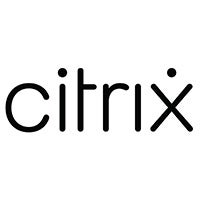
In 2005, enterprise IT vendor Citrix splashed into the load balancing market with the acquisition of network traffic acceleration company, NetScaler. Citrix ADC is deployable alongside monolithic and microservice-based applications as a unified code base across hybrid environment platforms.
Citrix helps clients optimize application delivery with features for compressed content, images, front end, and TCP, in addition to integrated caching functionality. With Citrix Application Delivery Management (ADM), administrators can centrally manage policies and reporting for application health, security analytics, and ML-powered baseline activity monitoring.

F5 has long been known for its BIG-IP hardware, software, and virtual appliances. With the acquisition of market player NGINX in 2019, F5’s leadership position in the load balancing marketplace isn’t in doubt. Both vendors’ load balancer products remain available separately with F5’s BIG-IP Local Traffic Manager (LTM) and NGINX Plus.
The BIG-IP LTM offers application traffic management capabilities, container ingress, customizable automation, and the scalable infrastructure needed for enterprise IT environments. Alternatively, NGINX Plus has been the more popular of the two solutions, combining an API gateway, caching, WAF, and web server into a robust load balancing solution.
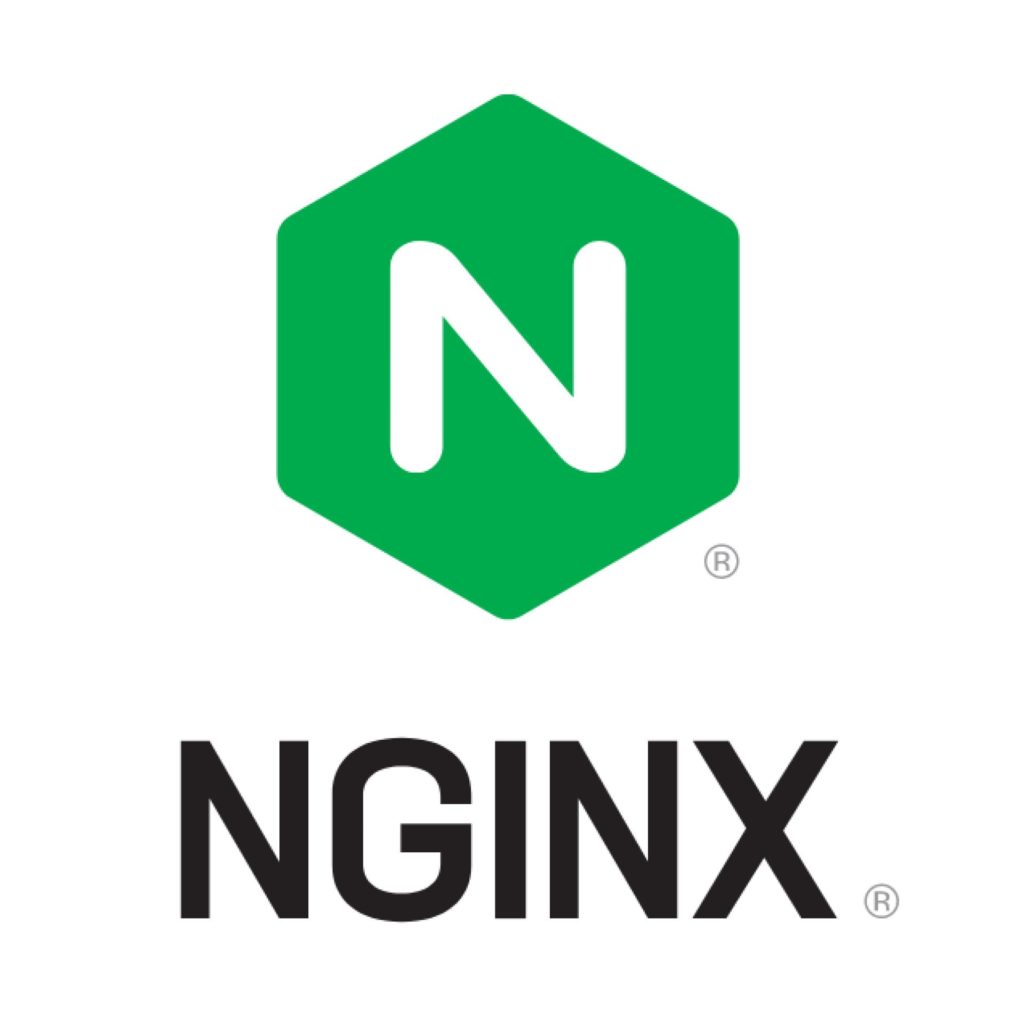

For customers interested in free, open-source load balancing software, HAProxy comes with the most prominent peer community, consistent updates, and advanced features and support for enterprise clients.
Beyond advanced health checks, acceleration, and persistence — which comes with the open-source version — HAProxy Enterprise offers 24×7 support, ticket key synchronization, high availability, and cluster-wide tracking. The enterprise software includes an anomalous behavior detection engine, WAF, and bot detection for advanced security.
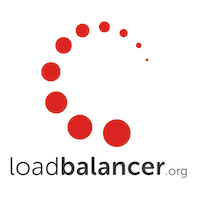
The eponymous Loadbalancer.org offers clients a range of enterprise options between hardware, virtual, and cloud ADC solutions. With six models to choose from, the company provides a single rack (1U) hardware appliance for unlimited servers and progressive levels of maximum throughput, SSL TPS keys, Layer 7 concurrent connections, and maximum connections.
Loadbalancer.org’s cloud and virtual ADC solutions have flexible pricing structures like pay-as-you-go, perpetual, subscription, and site licenses. The UK-based vendor’s load balancers support the big three cloud infrastructure providers: AWS, Azure, and Google Cloud.
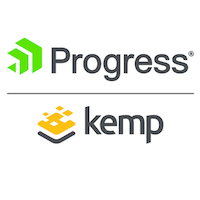
Progress continues its streak of M&A activity with the acquisition of the industry-leading load balancing vendor, Kemp Technologies, as of September 2021. The load balancer specialist has two decades in the market with the Kemp LoadMaster ADC covering hardware, cloud-native, virtual, multi-tenant, and Dell Elastic Cloud Storage.
Each solution comes with standard or enterprise support and a range of features like network telemetry, global server load balancing, edge security, and session persistence. The LoadMaster administrative interface is available via Kemp 360 Central, PowerShell or RESTful API, or web browser.
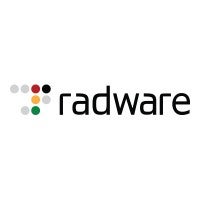
Since 1997, Israeli-American company Radware has grown into a global provider of cybersecurity and application delivery solutions. Radware’s line of application delivery controllers is Alteon for physical, virtual, and cloud load balancing needs.
On top of its comprehensive application protection, Radware offers one of the highest maximum throughput ranges in the industry. Clients also have a lot of choices, with three different licensing packages offered for each model and throughput level. These packages address different deployment scenarios for advanced L4-L7 ADC functionality, performance optimization, and advanced security.

Celebrating ten years in 2022, Snapt specializes in acceleration, security, and caching for application delivery. Snapt Nova is the vendor’s ML-powered ADC providing core load balancing, web acceleration, GSLB, and WAF capabilities.
Snapt’s other load balancing solution, Aria, is also a full-stack ADC, but fits clients with traditional architectures and standalone deployments. Nova is optimal for multi-cloud architectures and clients looking for centralized deployment and control over hybrid infrastructure.
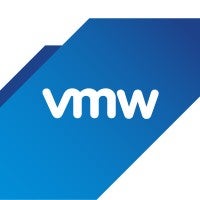
With the acquisition of Avi Networks in 2019, virtualization giant VMware entered the ADC market and extended its software-defined fabric capabilities for enterprise clients. The VMware NSX Advanced Load Balancer fits the multi-cloud era and offers analytics, application security, and ingress capabilities for Kubernetes.
The Avi Controller and Services Engine are fully automatable through a REST-based API designed for a software-defined architecture. VMware offers extensive integrations and support for monitoring, automation, DNS, public cloud infrastructure, SDN, and more as a global IT leader.
Choosing the ideal load balancer means evaluating which of the above solutions fit best within existing hybrid IT environments. Not every organization needs the maximum throughput, so the range of options between vendors and within each stack makes for an empowering client experience.
Load balancers are physical, software, cloud-based, or virtual systems responsible for efficiently and securely distributing traffic across a remote IT infrastructure.
To effectively manage load balancing, solutions must include connectivity to redirect multiple traffic from subnetworks, security to guard against web attacks, and traffic management for inbound and outbound requests. Load balancers can control network traffic flow to ensure high availability by using one of a handful of load balancing algorithms.
Load balancing algorithms are the methods load balancers employ to distribute requests between an environment with multiple servers. Most solutions offer round-robin load balancing by default with the option to alter scheduling policies according to server allocation and the weight of requests processed.
| Load Balancing Type | Method of Scheduling |
| Hash | Requests sent to server(s) via a specific hash or key |
| IP Hash | Requests sent to server(s) via the client’s IP address |
| Least Connections | New requests go to servers with the least current connections |
| Least Time | New requests go to available servers with the fastest response |
| Random With Two Choices | One of two random servers receives requests via Least Time |
| Round Robin | Requests allocated equally across servers in sequential order |
| Weighted Round Robin | Servers receive requests of varying weight each cycle |
The evolution of load balancing solutions led to its successor, application delivery controllers (ADC). Though there is some differentiation, load balancing remains at the heart of ADC solutions, and — to add confusion and chaos — the two product names are often used interchangeably.
Application delivery controllers are the latest enterprise load balancing systems for critical services requiring high availability. In addition to traditional load balancing capabilities, ADCs offer acceleration for web application performance, advanced caching, offloading for SSL processing, and added security.
Property of TechnologyAdvice. © 2025 TechnologyAdvice. All Rights Reserved
Advertiser Disclosure: Some of the products that appear on this site are from companies from which TechnologyAdvice receives compensation. This compensation may impact how and where products appear on this site including, for example, the order in which they appear. TechnologyAdvice does not include all companies or all types of products available in the marketplace.